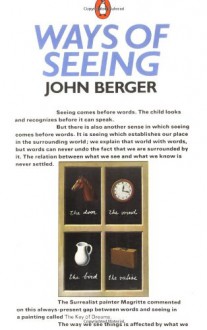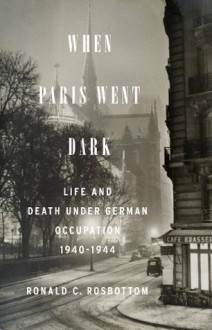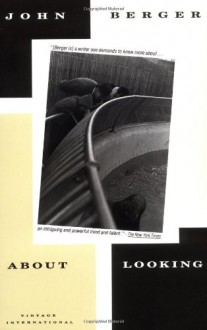
“But because it is nevertheless ‘a work of art”’ – and art is thought to be greater than commerce – its market price is said to be a reflection of its spiritual value of an object, as distinct from a message or an example, can only be explained in terms of magic or religion.”
In “Ways of Seeing” by John Berger
“Original paintings are silent and still in a sense that information never is. Even a reproduction hung on a wall is not comparable in this respect for in the original the silence and stillness permeate the actual material, the paint, in which one follows the traces of the painter’s immediate gestures. This has the effect of closing the distance in time between the painting of the picture and one’s own act of looking at it. In this special sense all paintings are contemporary.”
In “Ways of Seeing” by John Berger
I find it strange when someone tells me they’re attached to a certain painter and that painter in question is a genius; the definition of 'genius' is fairly broad, so one person's definition might not be another's. I haven't fully formed my argument, haven't pin pointed what it is that niggles at me. I think essentially the problem is that I attach 'genius' in other areas of human endeavour such as science or music or literature, to advancement. To pushing forward into new frontiers; to problem solving, to presenting the world in a different way. I suppose Cubism might meet those criteria, but a lot of Picasso's work seems purely derivative of existing art work and artists (e.g. Duchamp, Cezanne, Matisse, and especially African art and children's art) and he worked backwards into flatness, primitivism and naivety. He was certainly innovative and good at seeing and pulling together different visual stimuli into new combinations.
If you're into Art and Painting in particular, read on.

 Log in with Facebook
Log in with Facebook 






 I have a fair amount of climate change items on my desk at the present, however they tend to be of specific subjects. This is a great overview, putting many angles into perspective, and the future really does look a scary place even if we do manage to keep under that two degree cap.
I have a fair amount of climate change items on my desk at the present, however they tend to be of specific subjects. This is a great overview, putting many angles into perspective, and the future really does look a scary place even if we do manage to keep under that two degree cap.
![Can't We Talk about Something More Pleasant?( A Memoir)[CANT WE TALK ABT SOMETHING MOR][Hardcover] - RozChast Can't We Talk about Something More Pleasant?( A Memoir)[CANT WE TALK ABT SOMETHING MOR][Hardcover] - RozChast](http://booklikes.com/photo/max/220/330/upload/books/1/8/18513d6607cc09c6e1d6ecef0588c52b.jpg)












